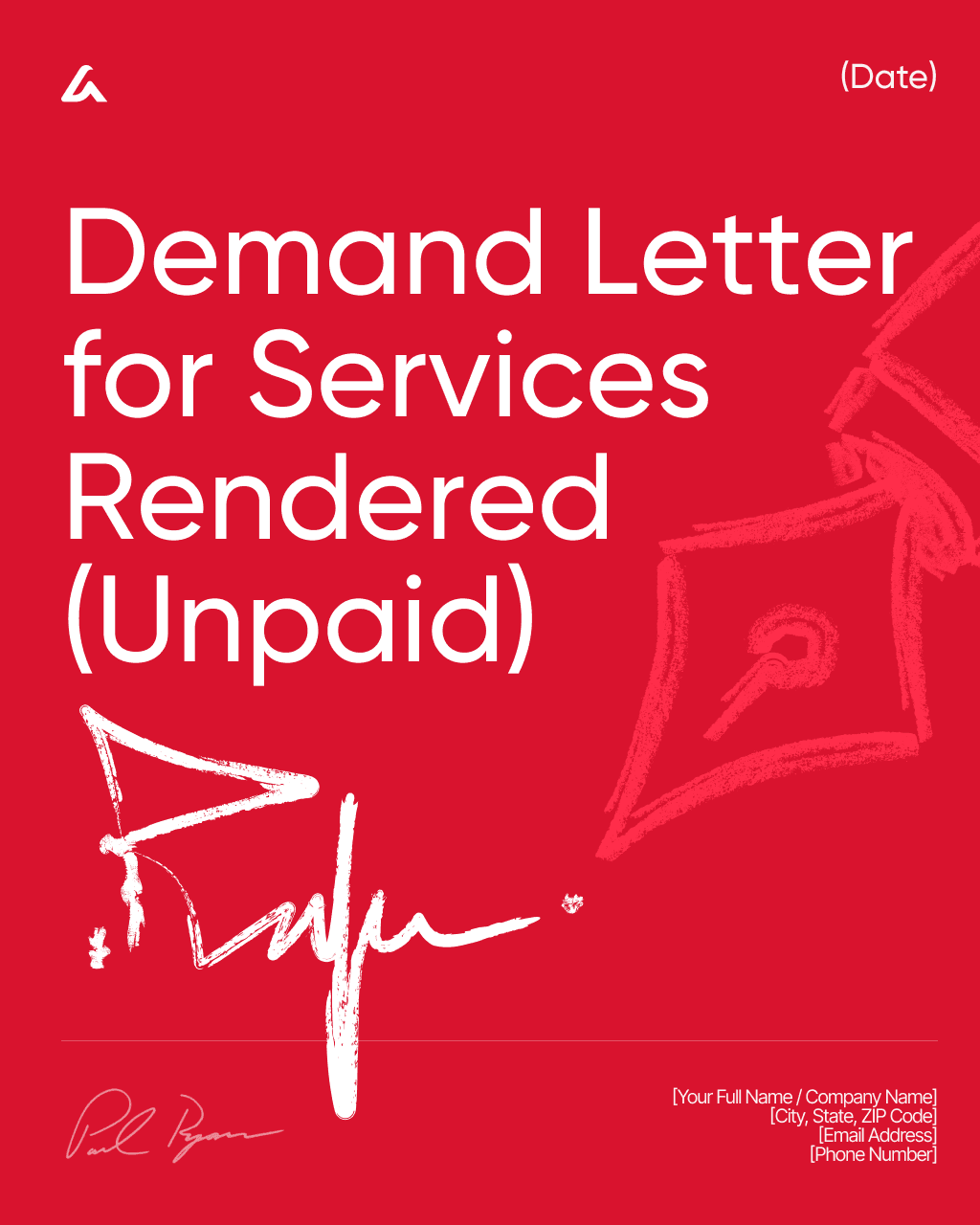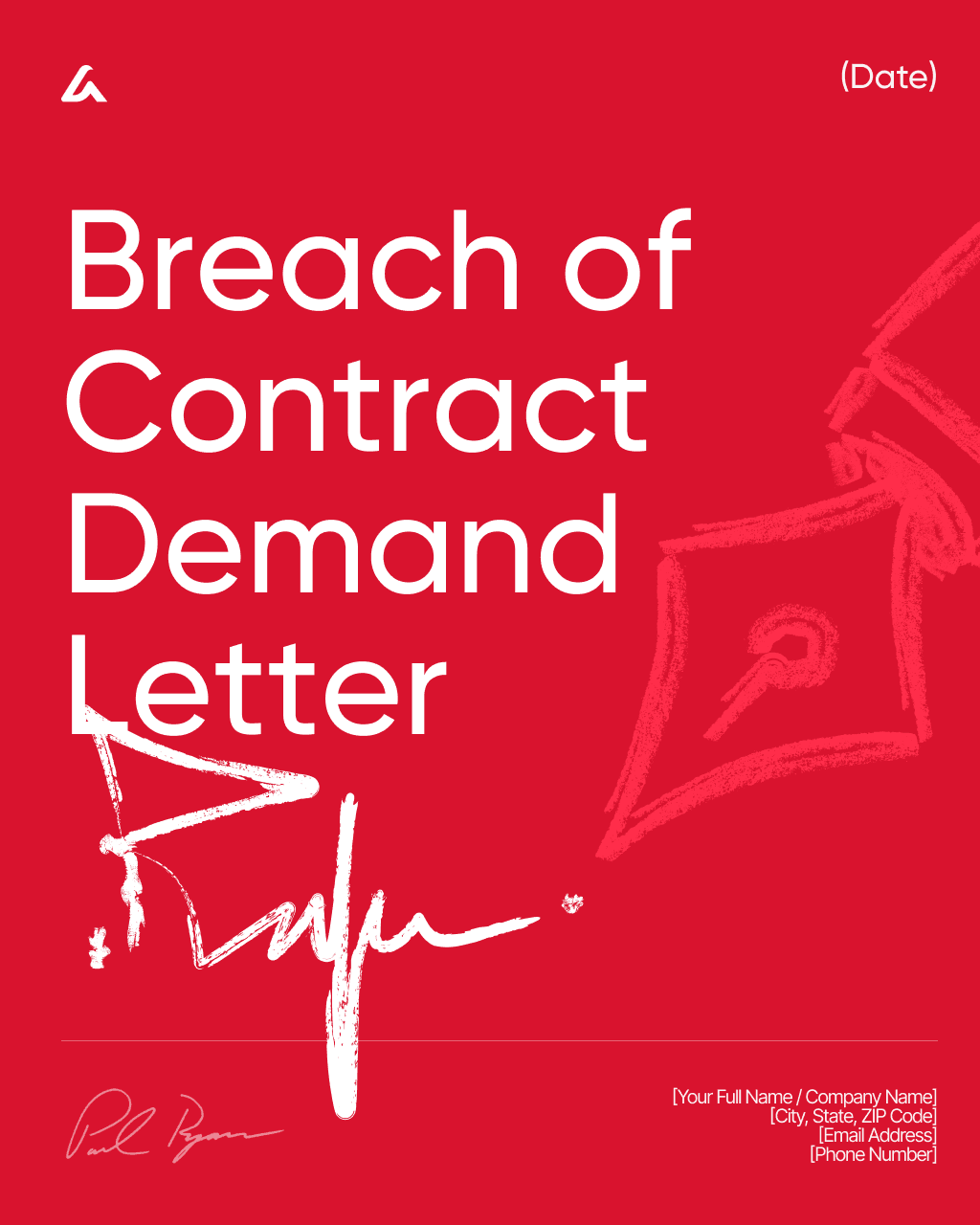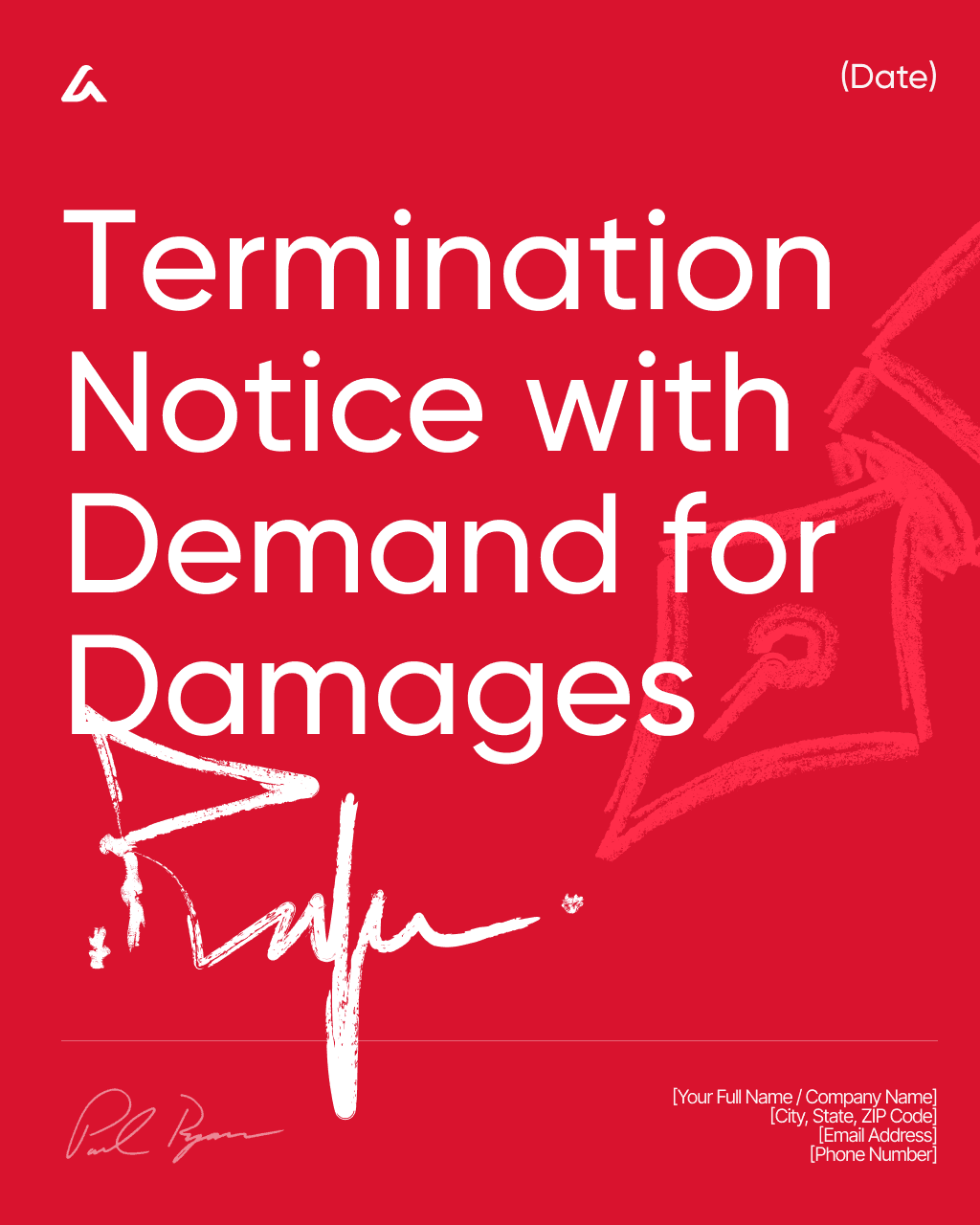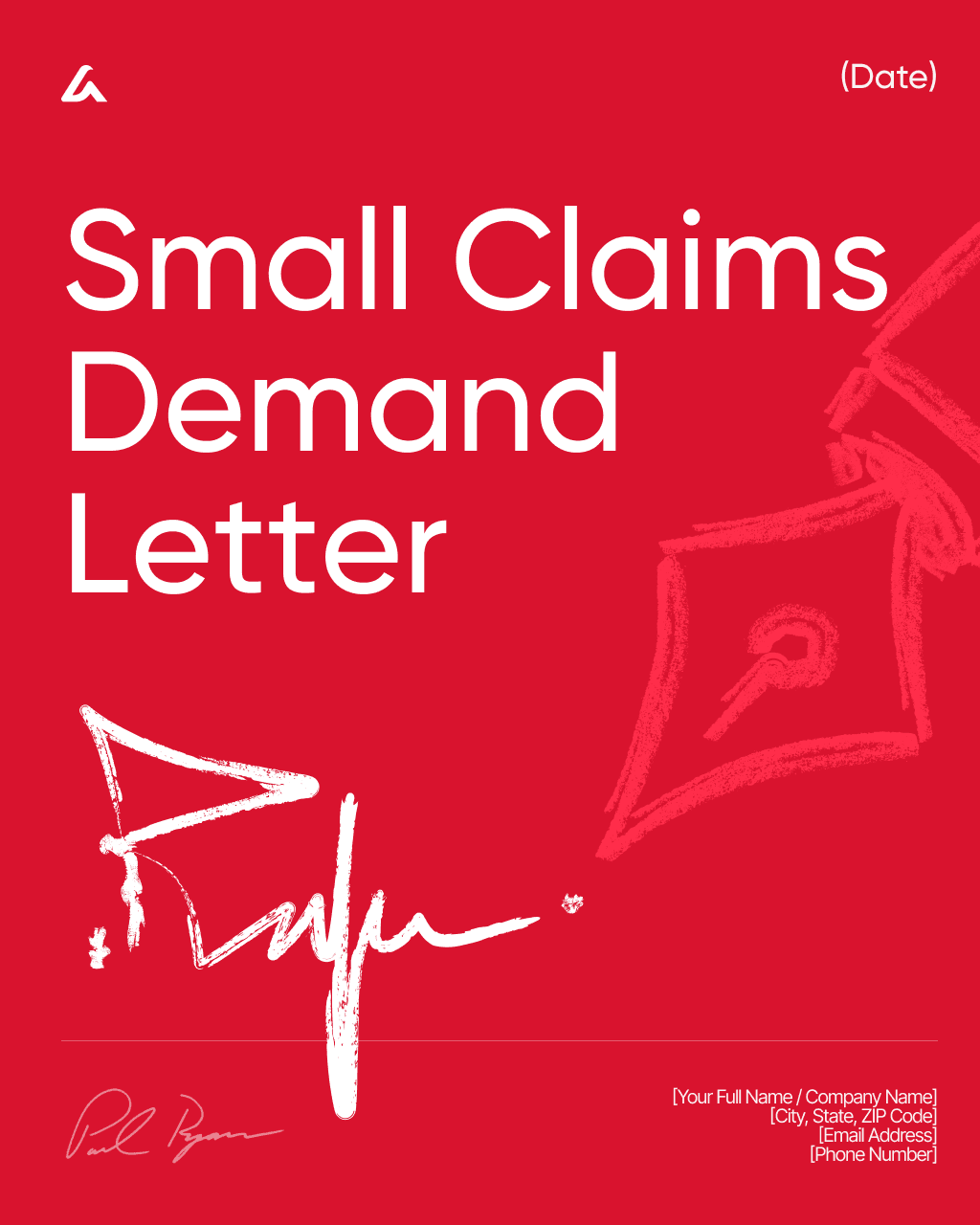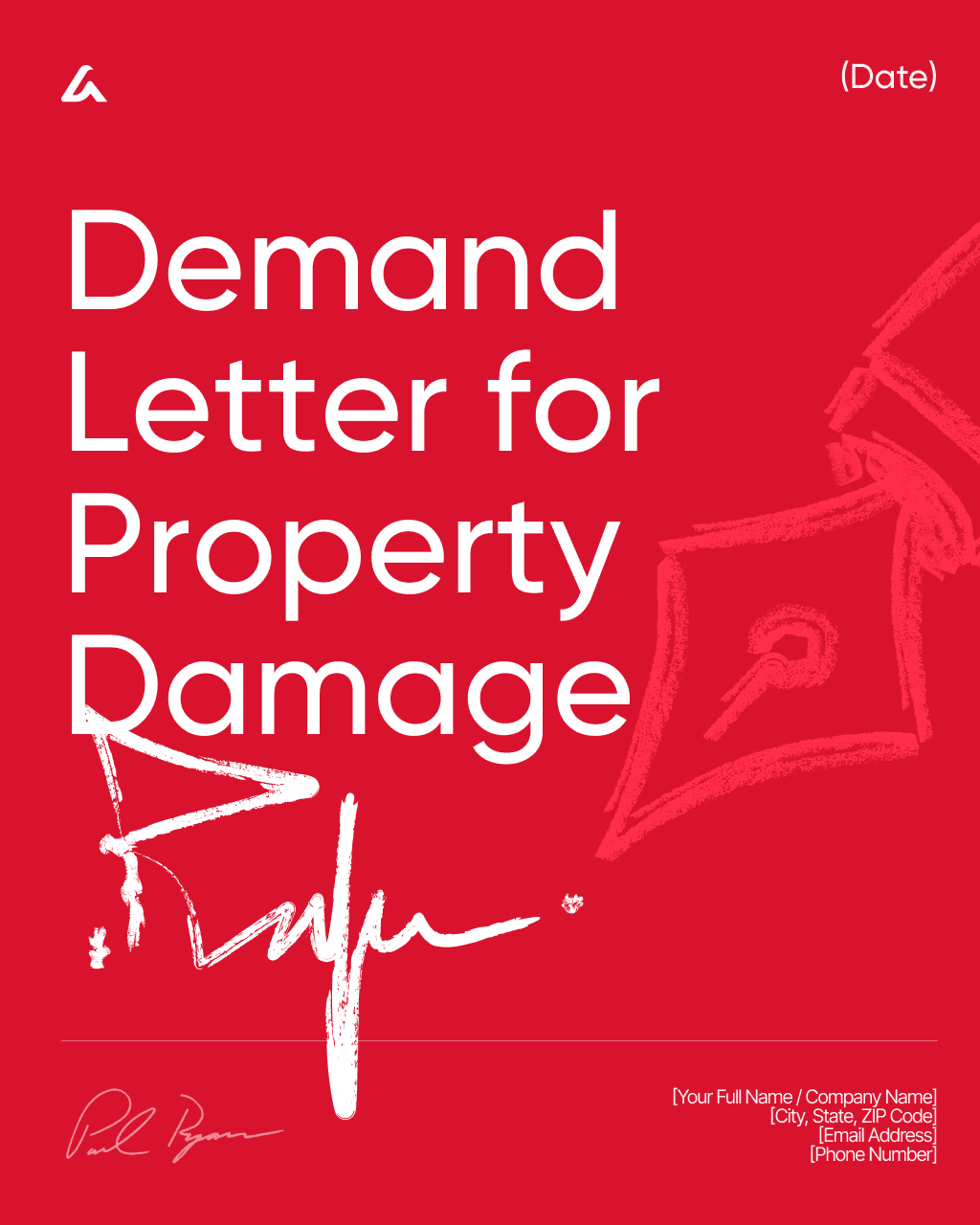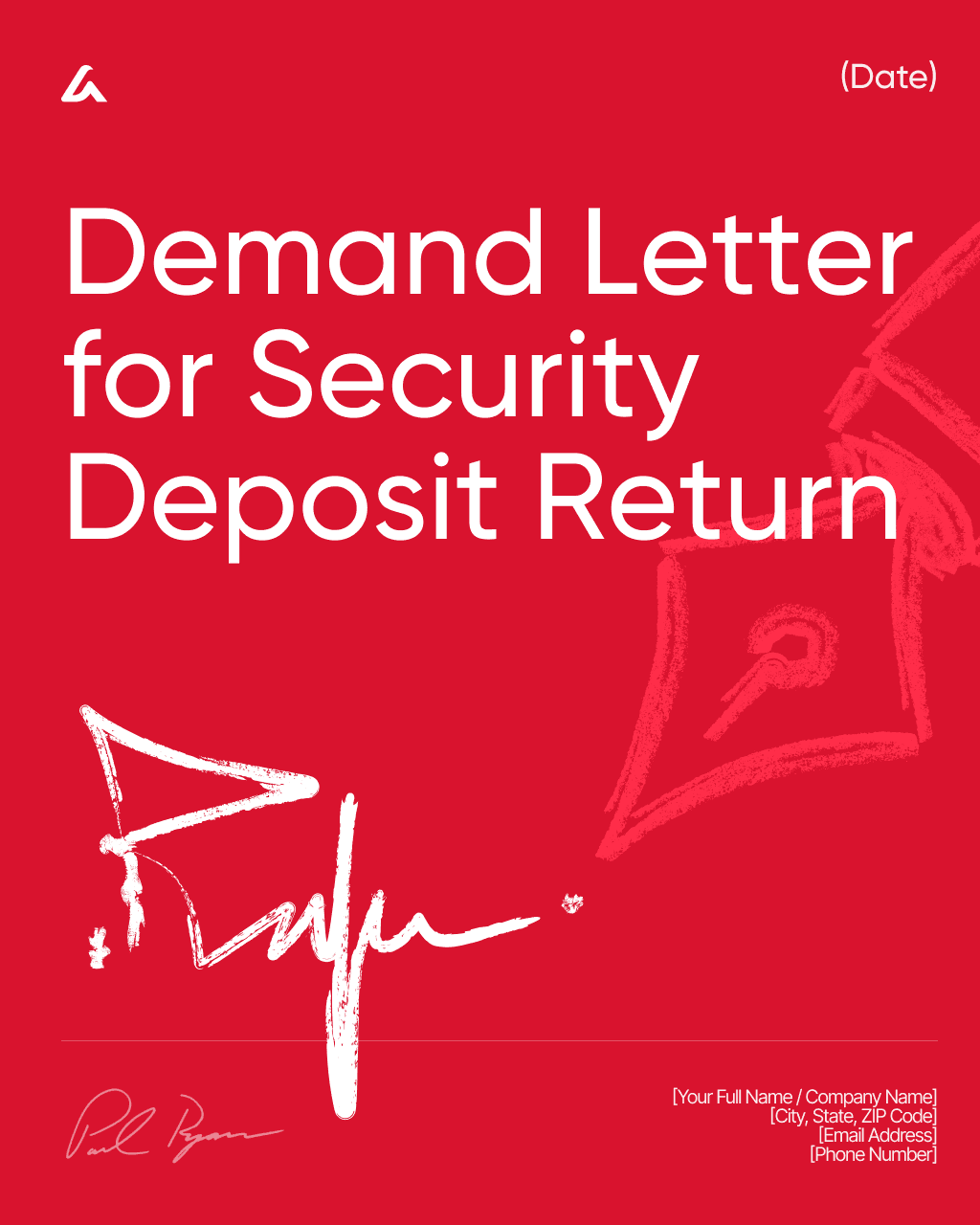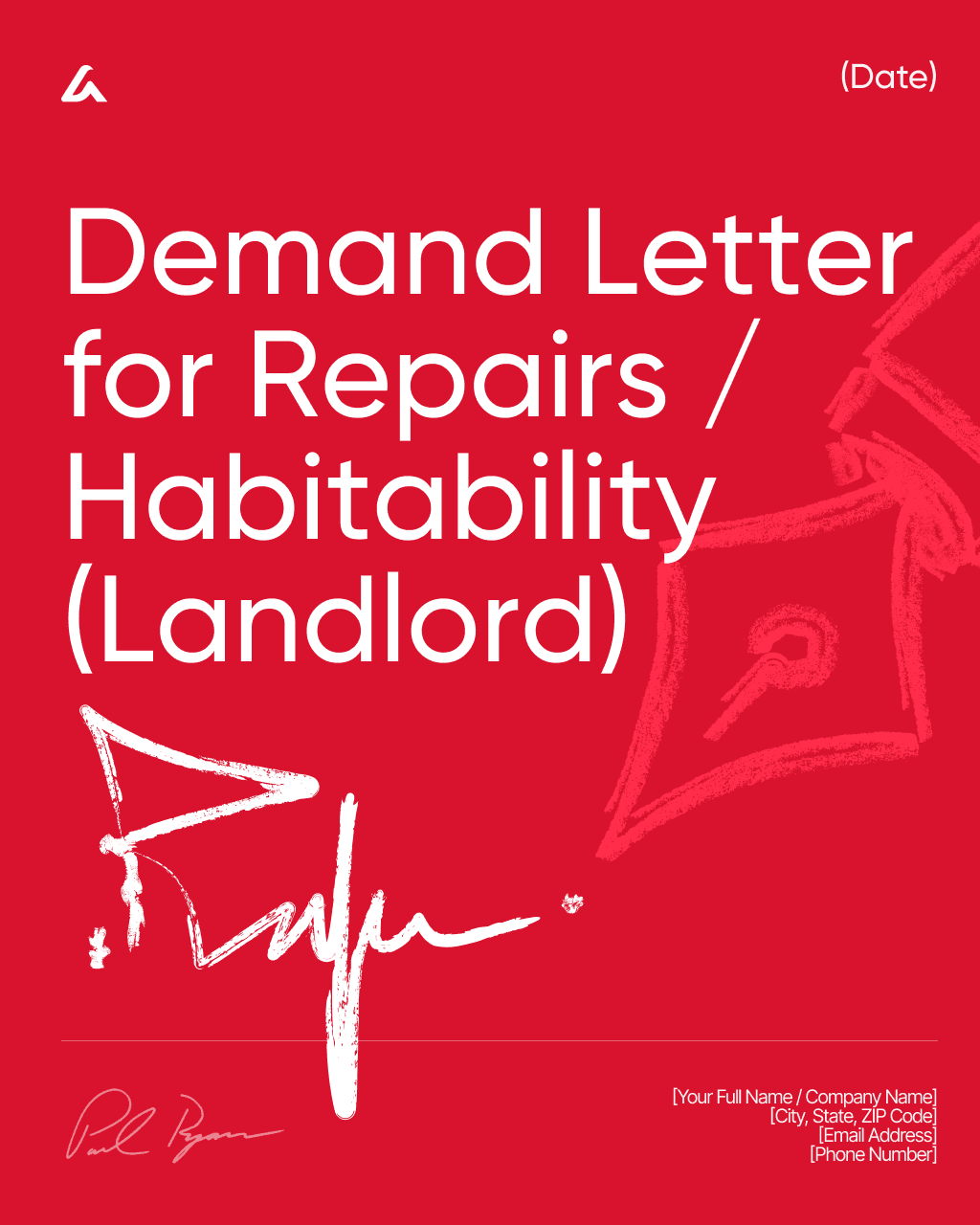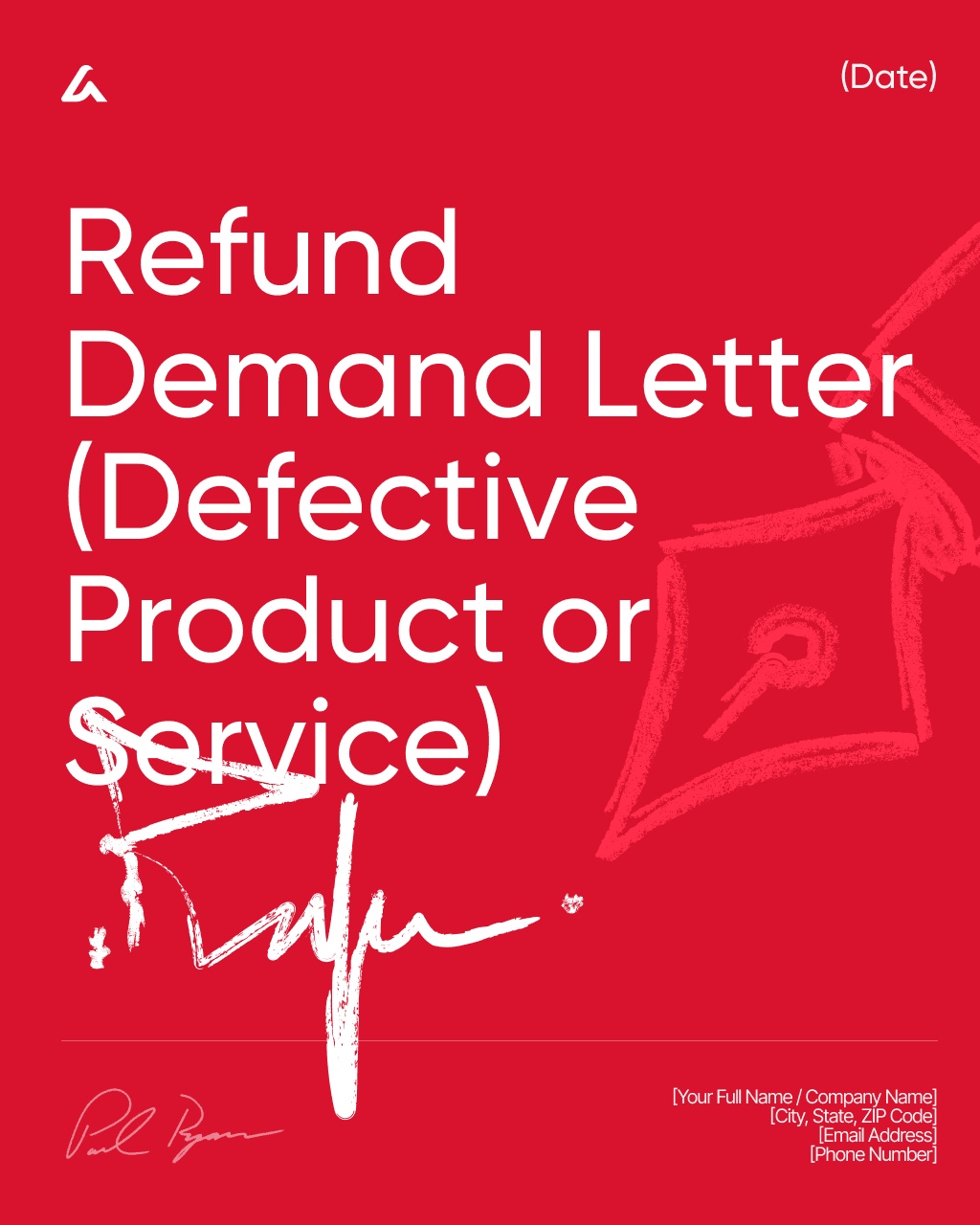Free template
Cease and Desist Letter Template – Washington
Stop unauthorized activities effectively with this professional Washington Cease and Desist Letter Template.
Downloaded 3822 times
Download template
Cease and Desist Letter
This Cease and Desist Letter ("Letter") is issued on [Date] by:
Sender: [Full Name / Company Name]
Address: [Address]
Phone/Email: [Contact Details]
To:
Recipient: [Full Name / Company Name]
Address: [Address]
Phone/Email: [Contact Details]
Overview and Digital Context
This Letter concerns actions affecting rights in Washington State, including online or in‑person conduct that has caused harm. A prompt, documented remediation plan is required.
Digital Assets and Credential Resets
Disable unauthorized accounts, integrations, or repositories. Reset credentials, enable multi‑factor authentication, and provide a log of actions taken.
Repository/Code Takedowns
If our code or materials appear in public or shared repositories, remove them and submit takedown requests. Provide ticket numbers or links confirming removal.
Privacy and Personal Data Handling
Stop processing personal data obtained without authorization and delete local copies/backups. Confirm that no further processing will occur and list any third parties given access.
Cease Demand and Prevention Controls
Immediately cease the Conduct and implement preventative controls (e.g., access restrictions, monitoring). Provide a short remediation plan within [X] days with owners and timelines.
Platform Misuse Reporting and Logs
Where platform policies are breached, report the issue and share case numbers and responses. Maintain an internal log of remediation steps for traceability.
Reservation of Rights and Governing Law
We reserve all rights and remedies. This Letter is governed by Washington State law; proof of delivery will be retained.
Sincerely,
[Sender Name]
[Title]
[Company]
[Address]
[Email]
Acknowledged by Recipient (optional):
[Recipient Name]
[Date]
Flash deal
Flash deal
Today
Today
No time to fill it up? Generate your custom agreement with AI Lawyer in seconds
What’s Included
Legal Research
Legal Research
Legal Research
Contract Drafting
Contract Drafting
Contract Drafting
Document Review
Document Review
Document Review
Risk Analytics
Risk Analytics
Risk Analytics
Citation Verification
Citation Verification
Citation Verification
Easy-to-understand jargon
Easy-to-understand jargon
Easy-to-understand jargon
Details
Learn more about
Cease and Desist Letter Template – Washington
Click below for detailed info on the template.
For quick answers, scroll below to see the FAQ.
Click below for detailed info on the template.
For quick answers, scroll below to see the FAQ.
Washington Cease and Desist Letter FAQ
What is a Cease and Desist Letter?
A Cease and Desist Letter is a formal written notice that demands an individual or organization immediately stop a specific harmful, unlawful, or unwanted activity. It clearly identifies the behavior that must end, explains why the conduct is improper or damaging, and warns of possible legal action if the behavior continues. While a Cease and Desist Letter is not a court order, it is often a powerful first step toward resolving the issue without going to court.
This letter is commonly used for harassment, defamation or slander, copyright or trademark infringement, contract breaches, unfair business practices, or other forms of misconduct. A well-drafted Cease and Desist Letter helps protect your rights, creates a written record of your request, and shows that you made a good-faith effort to resolve the matter. In many cases, receiving this letter is enough to make the other party stop the behavior to avoid further consequences.
When to use a Cease and Desist Letter?
A Cease and Desist Letter is used when someone’s actions are violating your rights, causing harm, or continuing unwanted behavior despite prior requests to stop. It’s appropriate when the issue is ongoing and you need a formal, written demand that the person or business immediately stop the wrongful conduct before you consider legal action. This letter is often sent for harassment, defamation, copyright or trademark infringement, contract or confidentiality breaches, or unfair business practices that damage your reputation, property, or peace of mind.
It’s especially useful when informal conversations or warnings haven’t worked and you need to show you’re serious about enforcing your rights. A Cease and Desist Letter creates a clear record of your attempt to resolve the issue and often prompts the other party to comply to avoid further consequences.
What should be included in a Cease and Desist Letter?
A Cease and Desist Letter should clearly explain the misconduct, assert your legal rights, and outline the steps the recipient must take to stop the harmful activity. To make it effective and professional, include the following key elements:
Contact Information: List the full name, address, and contact details of both the sender and the recipient. If an attorney is involved, include their contact information as well.
Date: State the date the letter is written or sent.
Description of the Harmful or Infringing Activity: Provide a clear explanation of the behavior you are addressing, with specific details, examples, or dates. If the behavior has caused damage or harm, briefly mention it.
Statement of Rights: Identify the legal rights being violated — for example, copyrights, trademarks, privacy rights, defamation, or harassment protection.
Demand to Cease: Clearly and firmly state that the offending activity must stop. Outline specific actions the recipient must take to comply.
Legal Consequences: Warn that failure to comply may result in legal action, such as a lawsuit or a formal cease and desist order. If you are working with an attorney, they may tailor the appropriate level of warning language.
Deadline for Compliance: Provide a reasonable deadline for the recipient to stop the behavior and confirm compliance.
Evidence: Attach or reference any supporting evidence (e.g., screenshots, photos, contracts, messages) that supports your claims.
Signature: The sender — or their attorney — should sign the letter to validate it.
Optional Disclaimer: You may include a brief statement noting that the letter is not legal advice and is intended to request voluntary compliance.
Delivery Confirmation: If mailed, consider sending the letter by certified mail with return receipt or another trackable method to ensure proof of delivery.
What should I do if I don’t receive a response to a Cease and Desist Letter?
If the recipient doesn’t respond to a Cease and Desist Letter, don’t panic — this is not unusual. The steps you take next depend on the severity of the issue and how far you’re willing to enforce your rights.
First, allow a reasonable amount of time to pass beyond the deadline, as the recipient may be reviewing the letter or seeking legal advice. If there is still no response, consider sending a follow-up letter or final notice, clearly reminding them of your original demands and the consequences of ignoring the letter.
If the behavior continues or the letter is completely ignored, you may need to escalate the matter. This can include having an attorney send a more formal legal notice, pursuing a court-issued cease and desist order, or filing a lawsuit where appropriate. During this period, make sure to collect and preserve all evidence of the ongoing issue, as it strengthens your position if legal action becomes necessary.
What issues can a Cease and Desist Letter be used for?
A Cease and Desist Letter can be used in a wide range of situations where someone’s actions are causing harm, violating your rights, or creating legal or personal conflict. It is commonly used as a formal warning that demands the recipient stop specific behavior before further legal steps are taken. Some of the most frequent issues include harassment, defamation, intellectual property infringement (such as copyright or trademark violations), contract breaches, and unauthorized use of personal or business information.
It can also be used to address privacy violations, stalking or cyberbullying, property disputes, unfair competition, and improper debt collection practices. While it does not carry the same legal force as a court order, a well-written Cease and Desist Letter often works as an effective first step to stop harmful behavior without immediately involving the court.
Similar templates
Other templates from
Letters and Notices Templates
Money back guarantee
Free trial
Cancel anytime
AI Lawyer protects
your rights and wallet
Money back guarantee
Free trial
Cancel anytime
AI Lawyer protects
your rights and wallet
Money back guarantee
Free trial
Cancel anytime
AI Lawyer protects
your rights and wallet
Money back guarantee
Free trial
Cancel anytime



























































































































